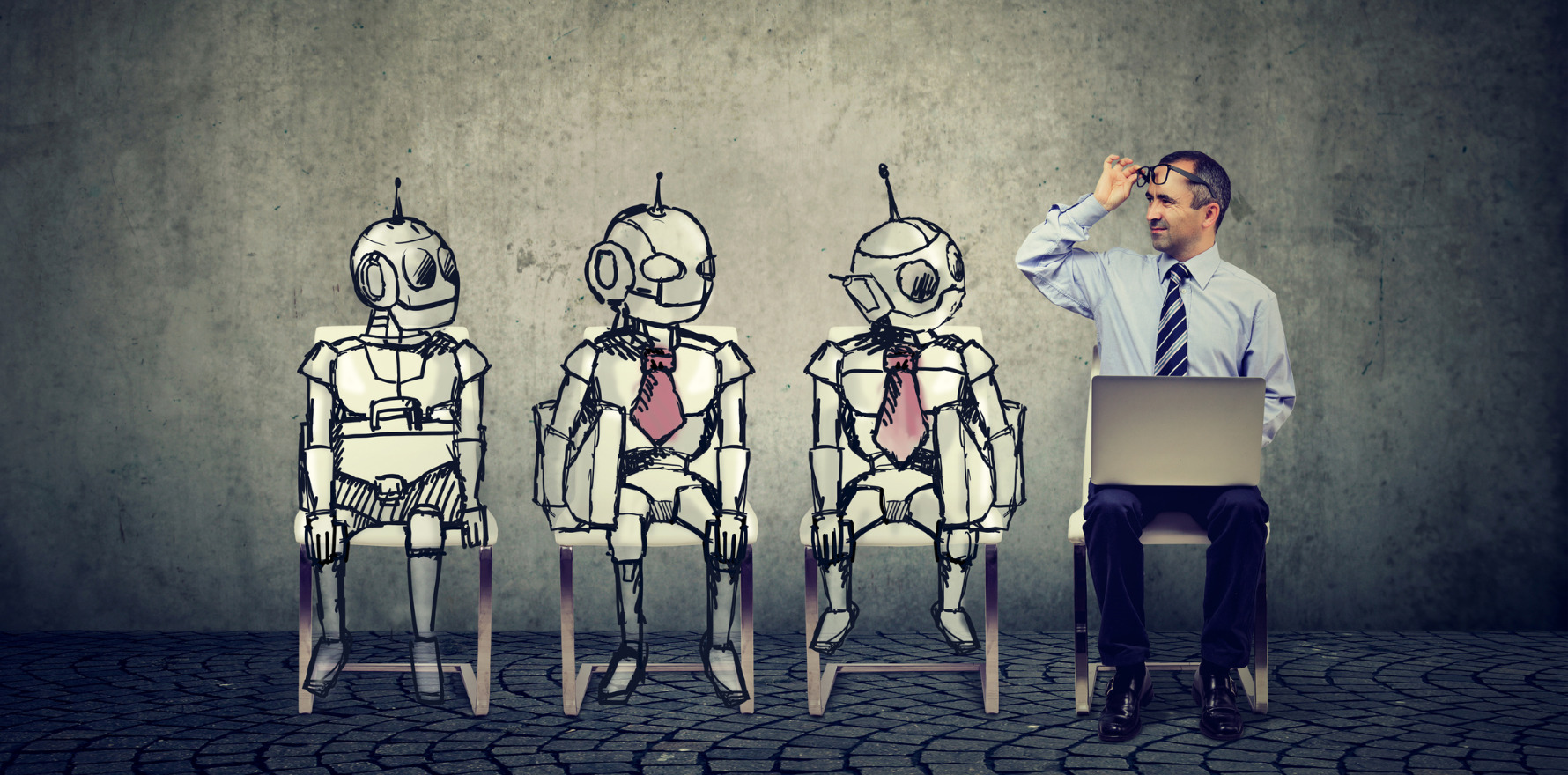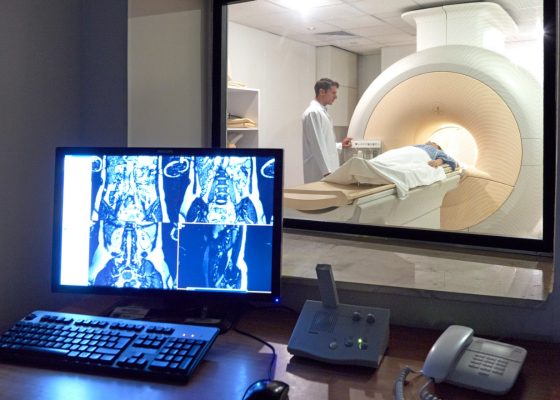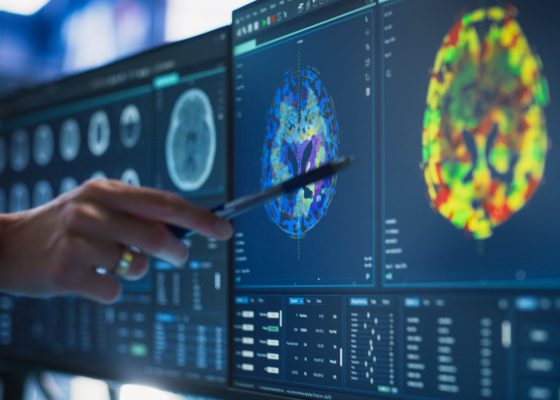AI is very good at diagnosing hip dysplasia in kids, and that’s great, but there’s always a but.
This HSD scribe will admit to a certain amount of reserve when the editor flicked the press release my way, but I was wrong to immediately leap to negative conclusions.
Because the fact that AI makes a clinically accurate diagnosis of hip dysplasia in children – at least as accurate as a human doctor but 30 times faster – is wonderful news. After all, we do have a nationwide shortage of doctors.
Unfortunately, there is also a shortage of sonographers and radiographers, but more on that later. And also, because we can’t allow our readers to just enjoy the moment, we’re talking about trial conditions, and not real-world. But yes, more later.
About 3000 Australian children are diagnosed with hip dysplasia every year, and thousands are screened for it. It’s where the hip joint develops in such a way that the ball at the top of the thigh bone (the head of the femur) is unstable within its socket (acetabulum) and the ligaments holding the joint together may also be loose.
Often the hip displacement is not discovered until a child starts to walk.
“Developmental hip dysplasia affects between one to three per cent of infants and, if left untreated, can cause lifelong health issues including early arthritis, spinal curvature and chronic back pain,” said the authors of a study published in the Royal Australasian College of Physician’s Journal of Paediatrics and Child Health.
“Detecting the condition early is essential, but diagnosis relies on expert interpretation of pelvic x-rays and ultrasound scans, which can be time-consuming and relies on doctor availability,” they said.
Some countries (not us) have ultrasound population screening programs. That’s a lot of images to process.
The systematic review of 23 studies from around the world was conducted by Western Australian researchers. The studies included in the review used Deep Learning, a branch of AI, to interpret over 15,000 pelvic ultrasound images and pelvic radiographs from children aged 10 years and under.
Of course, the garbage-in-garbage-out rule applies here to the images AI is given to work with.
“Diagnostic accuracy drops with poor-quality images, and differences in patient age and image angles,” the authors noted.
This is where we (so sorry) circle back to the bit about trial conditions vs real world conditions.
“In a trial environment, the researchers tend to choose good images where labrum and femoral heads are clearly identified. Hence, application of these AI technologies in real-world environment might bring the diagnostic accuracy down,” they pointed out.
Related
Meanwhile, babies cry and squirm, parents worry, waiting rooms heave with, well, waiting patients, and sonographers, like the rest of us, are all noobs at some point.
Which is not to say it can’t work. The researchers who put together the various papers included in this systematic review made suggestions to address those problems, using more advanced technology and amending protocols to mitigate against imperfect circumstances.
There is no question – more work needs to be done.
“AI-assisted diagnosis of DDH has the potential to match expert-level performance,” the authors concluded.
“Future research should focus on extensive training using diverse datasets and various models, along with advancements in technology that could address current challenges and enhance the generalisability of DL models.”
Oh yes, there are several treatments for hip dysplasia, including wearing a brace (fitted by an orthotist), non-surgical and surgical procedures. It’s unfortunate that we also have a shortage in both orthotists and orthopaedic surgeons.
Read the full paper here.




